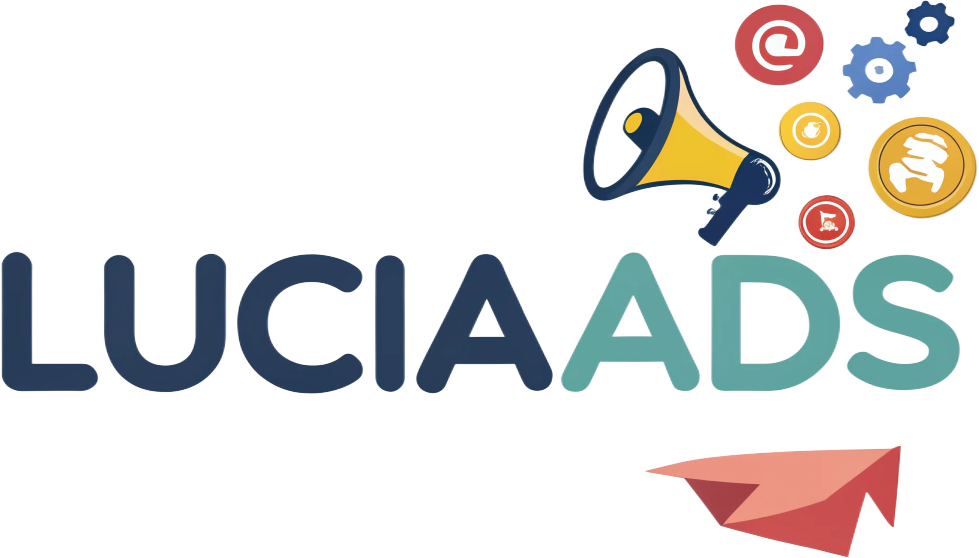The Art and Science of Web Design: Crafting Digital Experiences
In the ever-evolving digital landscape, web design has become an essential craft that intertwines creativity with functionality. It’s not just about making a website look good; it’s about creating an engaging and seamless user experience that drives results. Whether you’re a small business owner, a freelancer, or part of a larger organization, understanding the importance of web design can make all the difference in how your audience interacts with your brand.
When embarking on a web design project, the first step is often to establish a clear vision. What is the primary purpose of your website? Is it to sell products, provide information, or perhaps build a community? Defining your goals will help guide your design choices, ensuring that every element serves a specific purpose.
Once your objectives are set, it’s time to delve into the aesthetics. Color schemes, typography, and imagery play crucial roles in how visitors perceive your brand. Choosing a color palette that resonates with your target audience can evoke emotions and foster connections. For instance, vibrant colors might appeal to a younger audience, while softer tones may attract a more mature demographic. Similarly, typography should reflect your brand’s personality—bold fonts can convey confidence, while elegant scripts may suggest sophistication.
Imagery is another powerful tool in web design. High-quality images can tell your story, highlight your products, or create a specific mood. But remember, while aesthetics are important, functionality should never take a backseat. Your website needs to be user-friendly, meaning visitors can navigate it effortlessly. This involves intuitive layouts, clear calls-to-action, and mobile responsiveness—essential elements in today’s mobile-first world.
One emerging trend in web design is the focus on user experience (UX). Designers are now prioritizing how users interact with their sites, emphasizing accessibility and ease of navigation. UX research involves studying user behaviors and preferences to create interfaces that not only look good but are also functional. Conducting usability tests can provide invaluable insights into how real users interact with your site, allowing for iterative improvements that enhance the overall experience.
Another aspect of modern web design is the integration of sustainable practices. Eco-friendly web design is gaining traction as more businesses recognize their responsibility towards the environment. This includes optimizing websites for speed and efficiency, which not only improves user experience but also reduces energy consumption. By choosing green hosting services and optimizing images and code, designers can create websites that are both appealing and sustainable.
For those on a budget, there are several DIY approaches to web design that can yield impressive results. Platforms like WordPress, Wix, and Squarespace provide user-friendly templates that allow anyone to build a website without extensive coding knowledge. These platforms offer customizable features, making it easier for users to achieve their vision without breaking the bank. However, it’s important to strike a balance between DIY solutions and professional help. While a personal touch is great, there are times when hiring a professional designer can save you time and ensure a polished final product.
On the luxury end of the spectrum, bespoke web design services offer a tailored approach, crafting unique websites that align perfectly with a brand’s identity. This level of customization can be particularly beneficial for businesses looking to differentiate themselves in competitive markets. Luxury web design often incorporates advanced features like animations, interactive elements, and personalized user experiences that leave a lasting impression.
As we look to the future, it’s clear that web design will continue to evolve. Staying abreast of the latest trends, technologies, and best practices will be crucial for anyone involved in the digital space. From embracing the power of storytelling in design to leveraging artificial intelligence for enhanced personalization, the possibilities are limitless.
In conclusion, web design is more than just a digital facade; it’s a powerful tool that can significantly impact how your audience interacts with your brand. Whether you choose a DIY approach, invest in a professional service, or explore luxury options, remember that at its core, web design is about crafting meaningful experiences. By blending creativity with strategy, you can create a website that not only looks stunning but also resonates with your audience and achieves your business goals.

